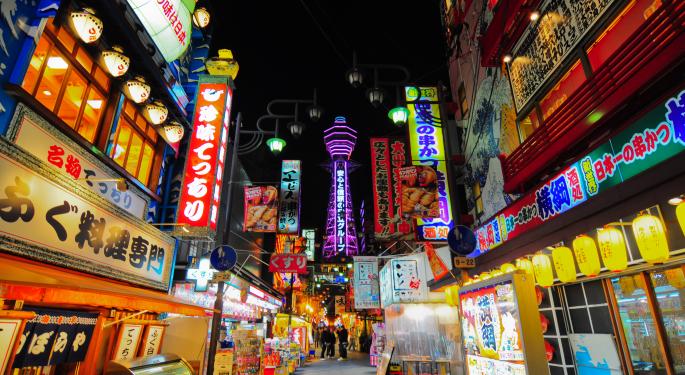- No mention of the primary cause of rising hawker prices?
I refer to the article “Commentary: Our hawkers deserve more” (Channel NewsAsia, Dec 26).
It states that “The average successful bid Hawkers, just like other business people, have had to deal with higher business costs as well – rents, manpower costs and the costs of raw ingredients among other things.”
$51.7m surplus?
In this connection, according to the National Environmental Agency’s (NEA) annual report – its surplus before contribution to the Consolidated Fund was $51.7 million for the financial year ended 31 March 2016.
Surplus increased by 32.9%?
This is an increase of 32.9 per cent over the previous year’s $38.9 million.
So, is there really a need to increase the charges that hawkers have to pau in recent years?
For example, it was reported in 2012 that “they (hawkers) typically pay cleaners S$200 to S$500 per month to wipe tables and return dirty dishes to the stalls.
Some top up about another S$500 a month for the dishes to be washed. Others do it themselves.
But with central dishwashing (new NEA requirement), the total cost is estimated to be as high as S$1,000 per month for participating hawkers.”
Follow the money trail?
As I understand that hawkers pay rent to public agencies and some hawker centres also pay cleaning fees to public agencies who in turn engage cleaning firms – aren’t some public agencies the primary reason why hawkers’ costs keep going up?
Can we have a detailed accounting of how much fees and rents are collected by public agencies from hawker centres in a year – how much of it is paid to third parties like cleaning companies, and at the end of the day how much of the total sum collected are paid as wages to cleaners?
In other words, how much money in total do public agencies make from hawker centres, and therefore indirectly from consumers who end up paying higher prices?
Clean and clear transparency and accountability please?
Well, I say lets’ cut the crap once and for all, and figure out who’s primarily responsible and arguably, should be accountable for the plight of lower-income hawkers and higher prices?
In this regard – don’t you think that such a long commentary may have omitted to mention the obvious – the role of the authorities in rising hawker food and drinks prices?
As to “But according to a survey released in 2015 by the Ministry of Trade and Industry and the National Environment Agency, rent makes up only 12 per cent of the total costs of running a stall. Raw materials are the biggest cost for most, coming up to about 59 per cent of expenses” – do you think that the figures may not look right – how can rent be “only 12 per cent of the total costs of running a stall”?
Leong Sze Hian
